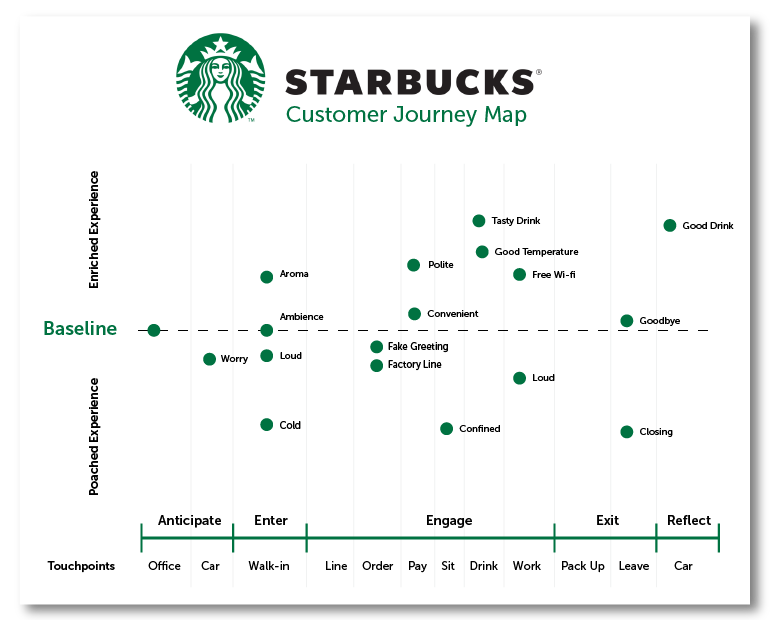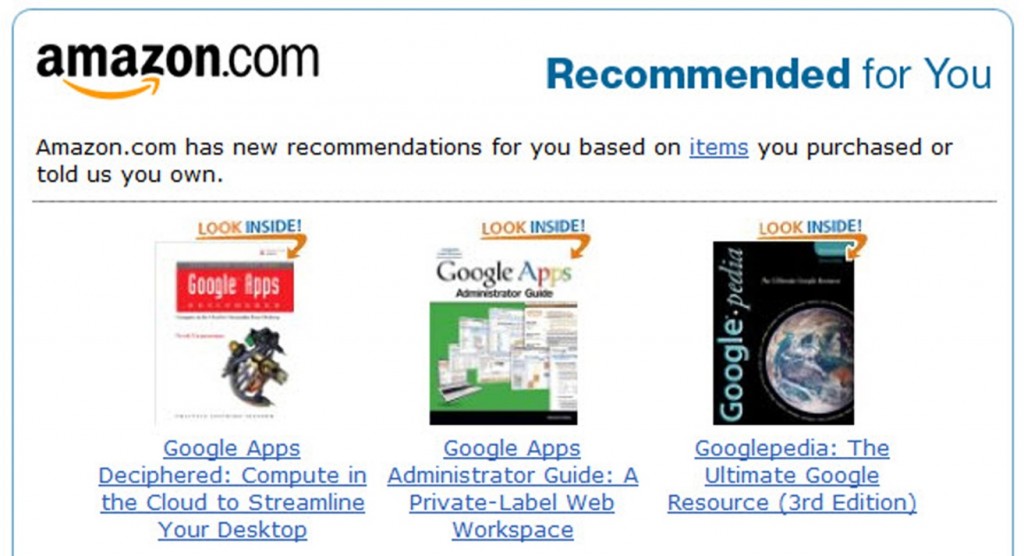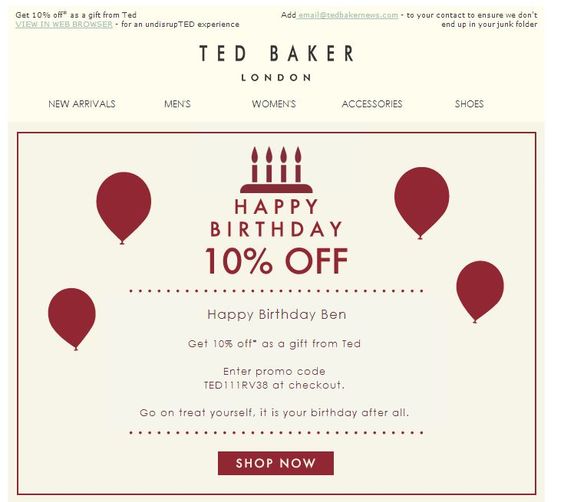Who does not love being pampered? Businesses flourish by showing that they value and wish to pamper their customers. But customers have different preferences. So, how would you satisfy a larger number of customers with different likings and needs at the same time?
Businesses can achieve this by offering personalized customer experience. Creating personalized or tailored customer experience means designing services in such a manner that meets customer’s individual requirements. In simpler terms, approach and react to each customer individually.
Here are some useful tips for creating a personalized customer experience!
1. Collect Pertinent Information Through User Profile
User profiles are the best source of basic customer data to include age, gender, location, etc. This information is crucial in creating a personalized user experience.
Encourage your customers to create a user profile with their basic information for a personalized experience. The majority of customers prefer and expect brands to anticipate their needs based on profile information, so they will provide such basic information.
Gather information through user profile forms, but keep only relevant details in the profile form. Lengthy forms can annoy customers and would be of no use to your business either.
2. Create Customer Journey Maps
To understand what the customer needs, leverage design thinking through user emotion and user journey mapping. User journey maps help businesses understand the user journey better and thus create a personalized customer experience.
Create varied user personas reflecting customers with different preferences for journey mapping and design multiple options accordingly to offer a personalized customer experience to all types of customers.
For example, Starbucks delivers the most relevant and enriched customer experience based on customer touchpoints such as walk-in, takeaway, billing, office, car, etc.

3. Group the Customers According to Their Demographics
Segmentation is creating different customer segments or grouping the customers according to their demographic information or profile data to include age, gender, location, behavior, traits, interests, etc. It is important to segment the customers to ensure that you show only the things relevant to them.
If needed ask relevant questions to confirm their preferences and give them results based on these. For example, you can add an option asking the customer whether he or she wants women’s clothing or men’s clothing and allow the customer to select one of these choices.
4. Gather Information from Browsing and Purchases History
The customers’ browsing and purchase history is another useful way of finding about your customers’ preferences. Utilize this data to provide personalized customer experience.
For example, if your e-commerce customer has purchased for women-specific stuff in the past, your app should show the customer women products and eliminate all unnecessary stuff that can make the customer lose interest.
How many times have you noticed on Amazon that it tries to recommend products based on your past purchases? This is one of the ways Amazon optimizes its customer experience and drives conversions by recommending relevant products utilizing its real-time personalization technology.

5. Implement Geotargeting
Geotargeting is using the customer’s location to provide personalized customer experience. Businesses can either ask permission from the users to store their location or just ask them to fill up their location.
Through location tracking, businesses can also offer them instant discounts when they are somewhere near your store, to encourage them to purchase from your store.
6. Personalize Emails
Marketing emails should be personalized based on user segmentation according to their needs and preferences, else the users or customers may overlook the email and the purpose is lost.
As per Oberlo, personalized subject lines generate an average of 50% higher open rates.
The subject line plays a very important role in the email. Busy customers will open the email only if the subject line indicates that the email has something of their interest. So, subject lines need to be personalized. Design a relevant subject line that defines the purpose of the email for the customer.
In the below image, you can see how Ted Baker London offers email personalization by providing 10% on a user’s birthday.

According to Experian, Birthday emails tend to generate 342% higher revenue per email than standard promotional emails.
7. Store Information for Providing a Faster Process
Businesses need to store information and give users the option to save the necessary information so that they can complete the purchase process quickly and conveniently next time.
For example, you can add the option to save credit card details in the app that the customer can leverage on his first use of the app and get the benefit of a quick checkout from next time onwards.
8. Create a Customer Loyalty Program
To retain loyal or old customers, businesses can set rewards after several visits or purchases. To promote high spending and continued association of customers, set a reward for high-spending customers.
To make the offers more personalized, you can offer them instant discounts on products they saved or “liked” but did not buy. For example, businesses can utilize the “save for later” option in the app to know what products the customer likes. You can send them specific discounts on that product to show that you intend to make it more approachable for them. These not only encourage them to use your app again and again but also make them feel valued.
Wyndham Hotels, a well-known hotel chain, provides customer loyal programs called Wyndham Rewards to offer free nights, discounts and bonus points as well as discounts in its other brands.

9. Involve Your Customers Through Feedback
Seek and use customer feedback to create a personalized customer experience. Ultimately, the customers are the ones who can tell you what they want or prefer. If you get similar feedback from numerous customers, try to implement the suggestions that can enhance the personalized experience and your overall process.
Feedback also helps you get insight into the customers’ preferences. Businesses can generate innovative ideas for personalized customer experience through customer feedback.
To Summarize
There are numerous ways to create a personalized customer experience. But the ultimate way to create it is to think like the customer and understand the needs of the customer.
At the same time, it is important to understand that every customer is different and so are his needs. So, to create the perfect user or customer experience, it is important to generate multiple options for different user personas. From the vast range of products available, offer the customers the opportunity to view the products that suit their needs and preferences.
Creating personalized customer experience is the way businesses can prove their intent to value each customer’s individual preferences and earn trust! Customers love the brands that value them. So, focus on providing personalized customer experience and see your business flourish! Looking for assistance to enhance your customer experience, get in touch with us!




Leave a Reply